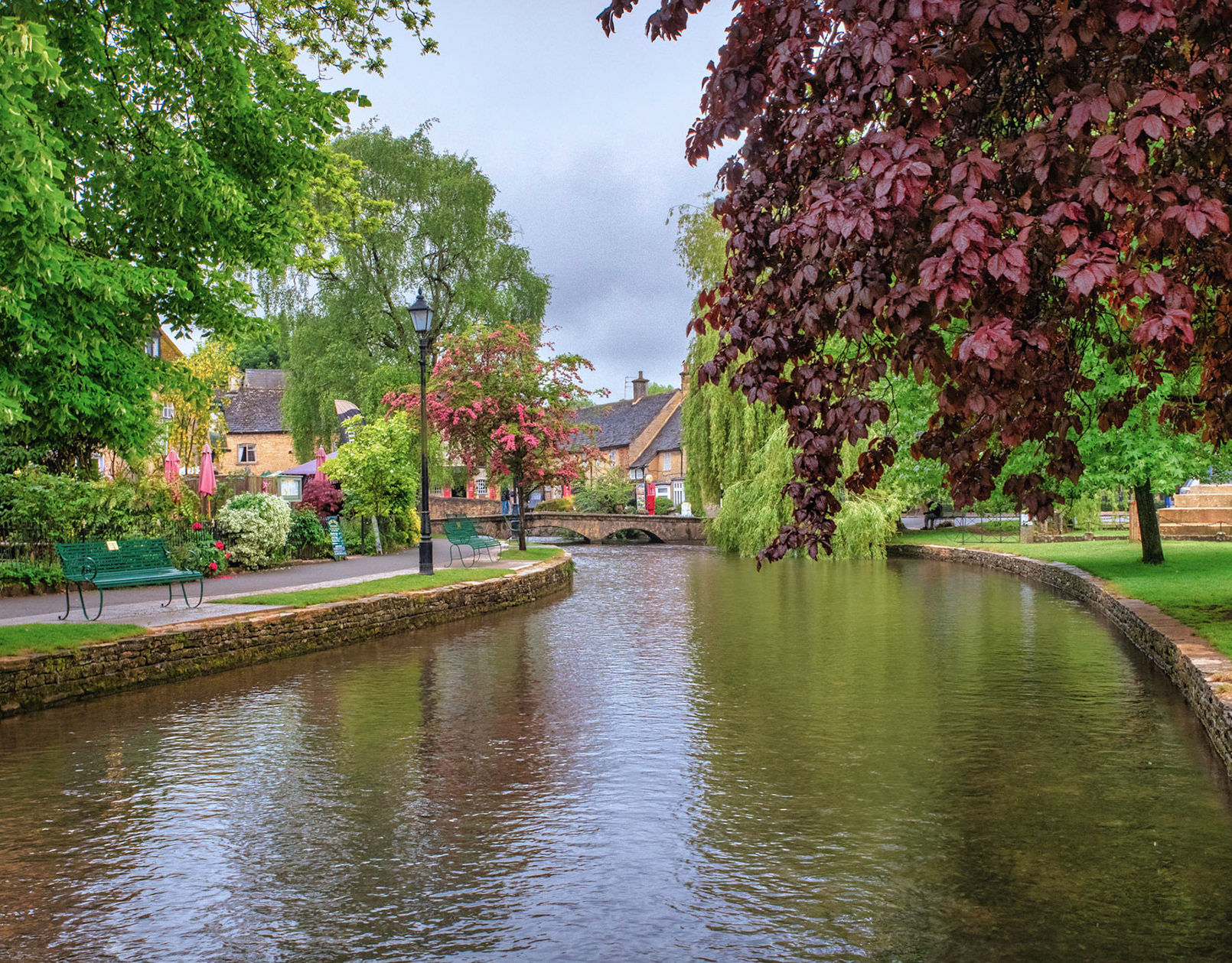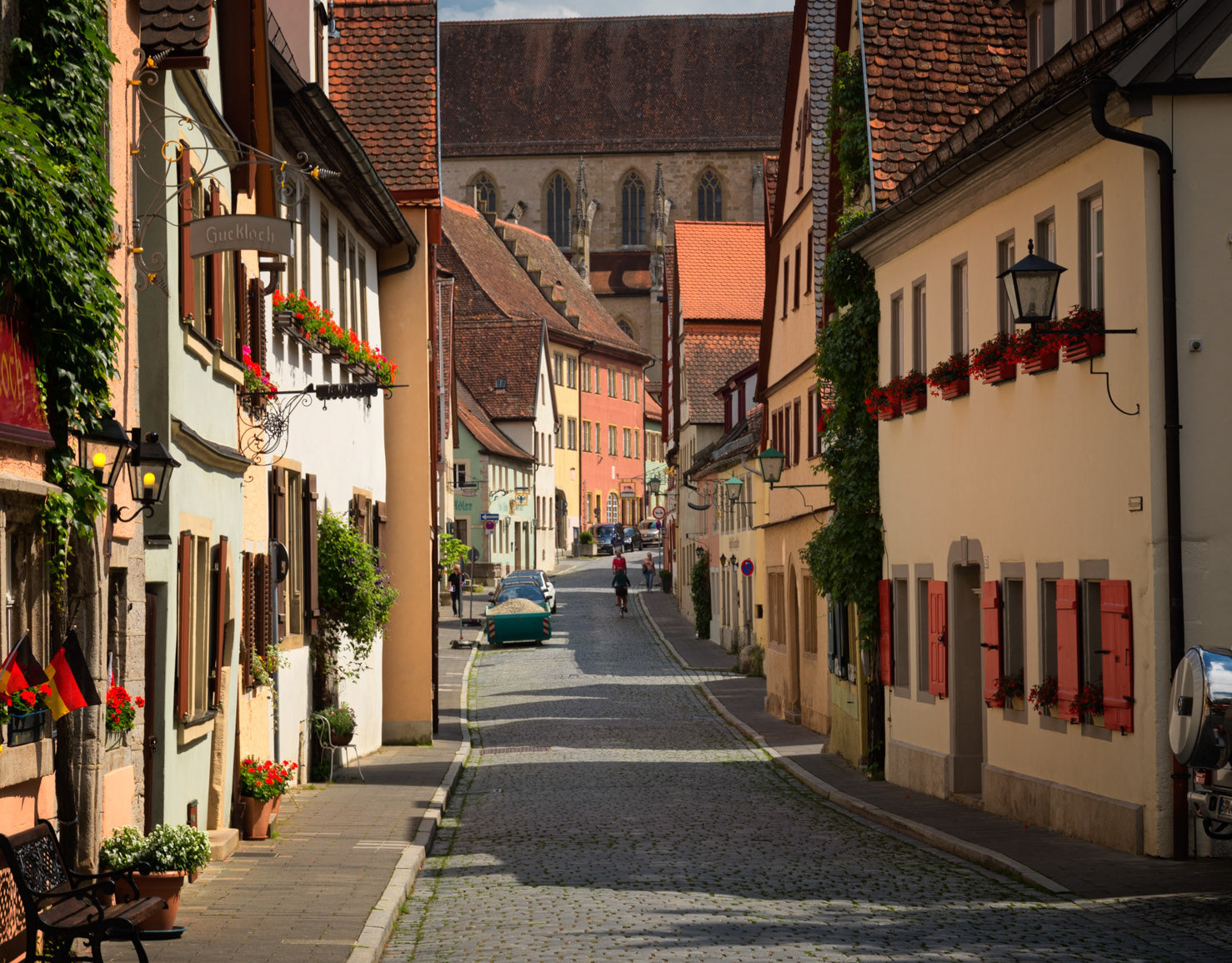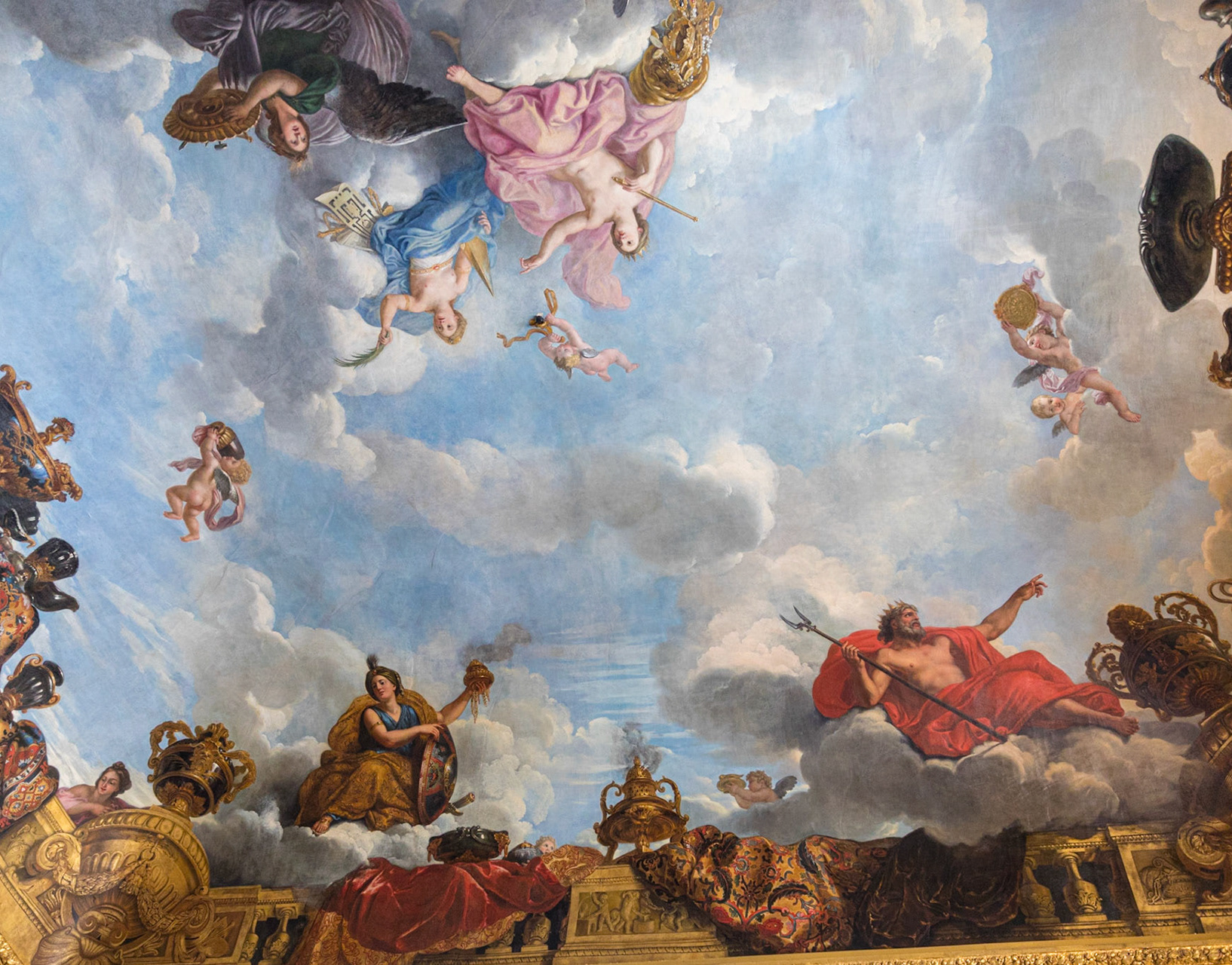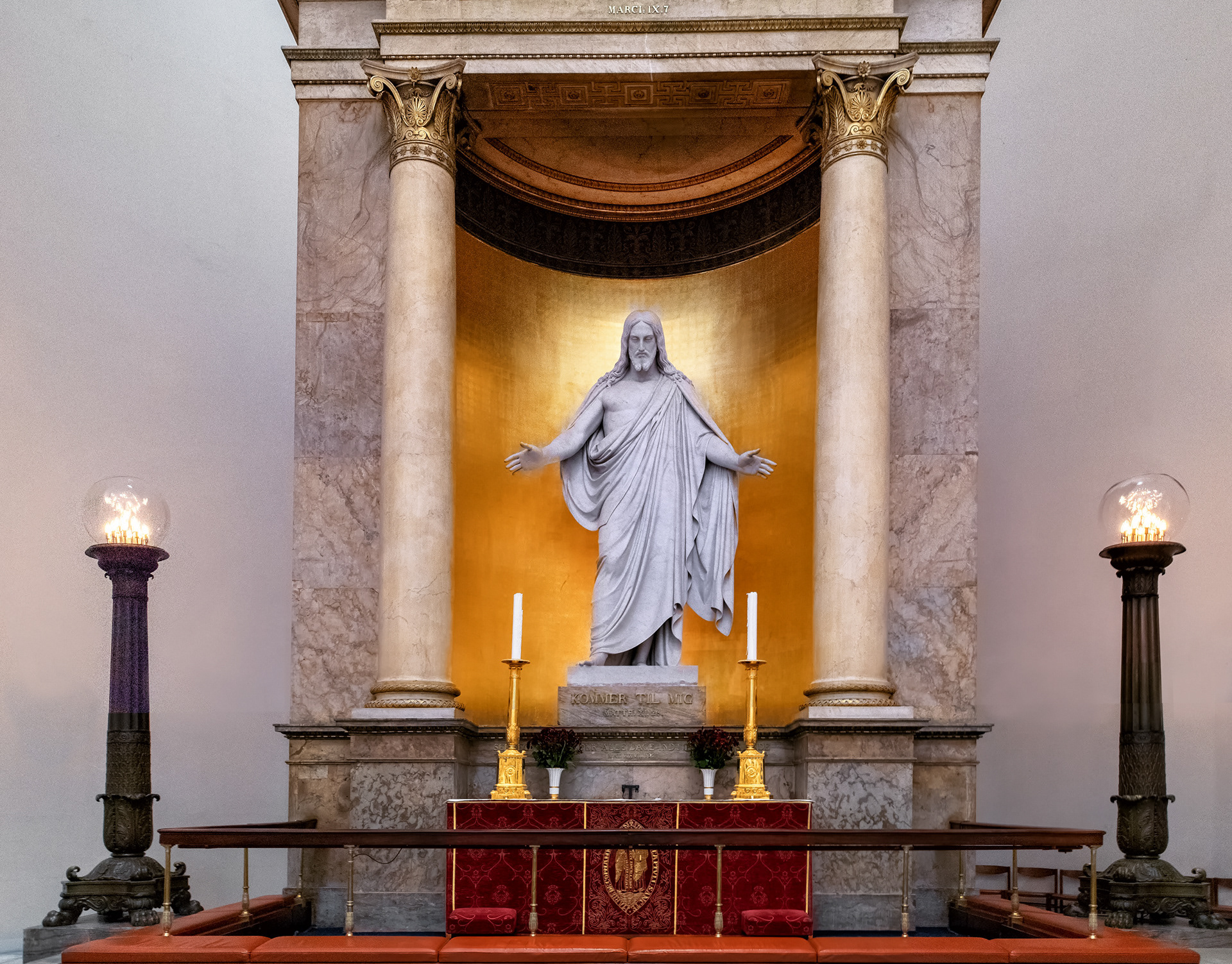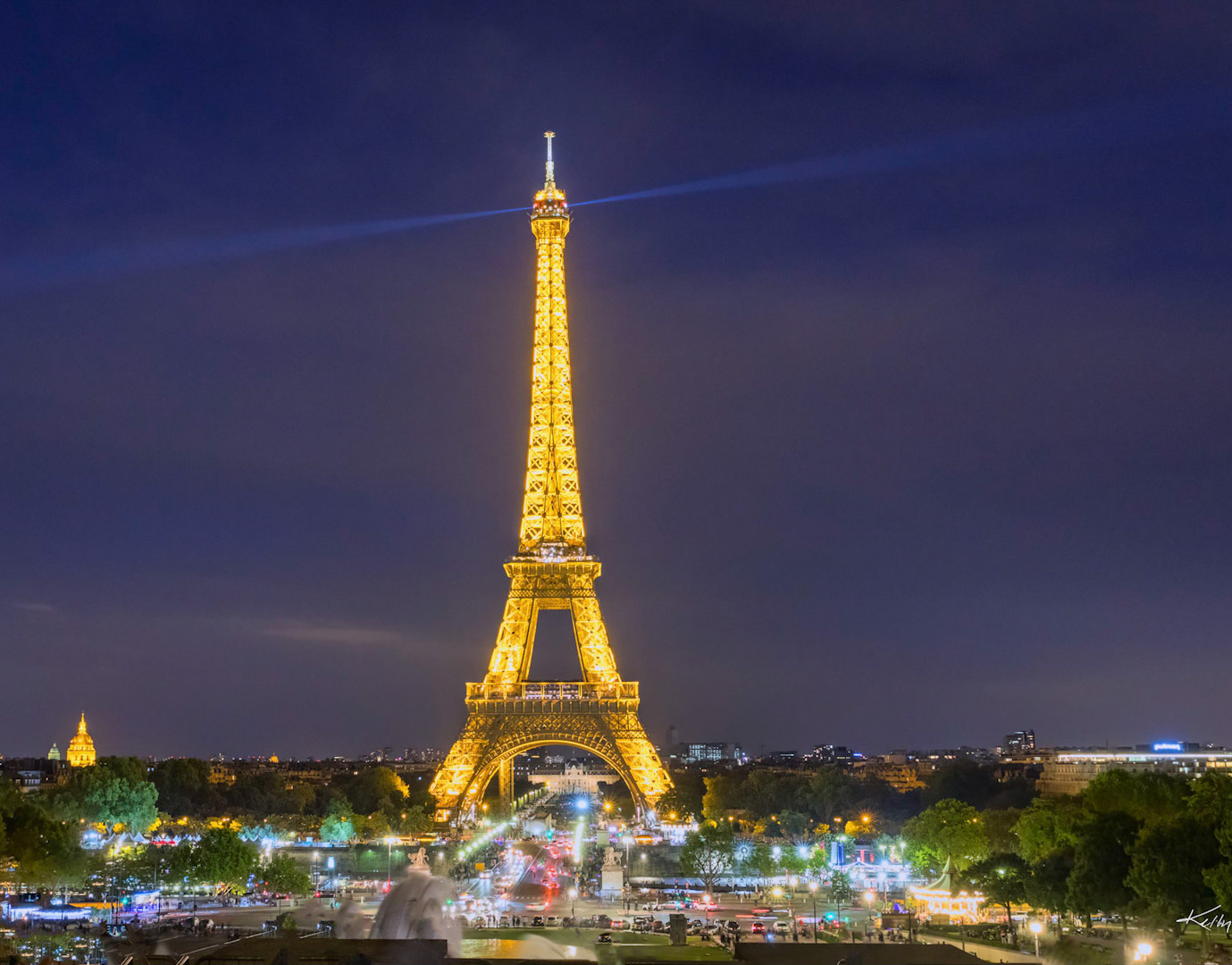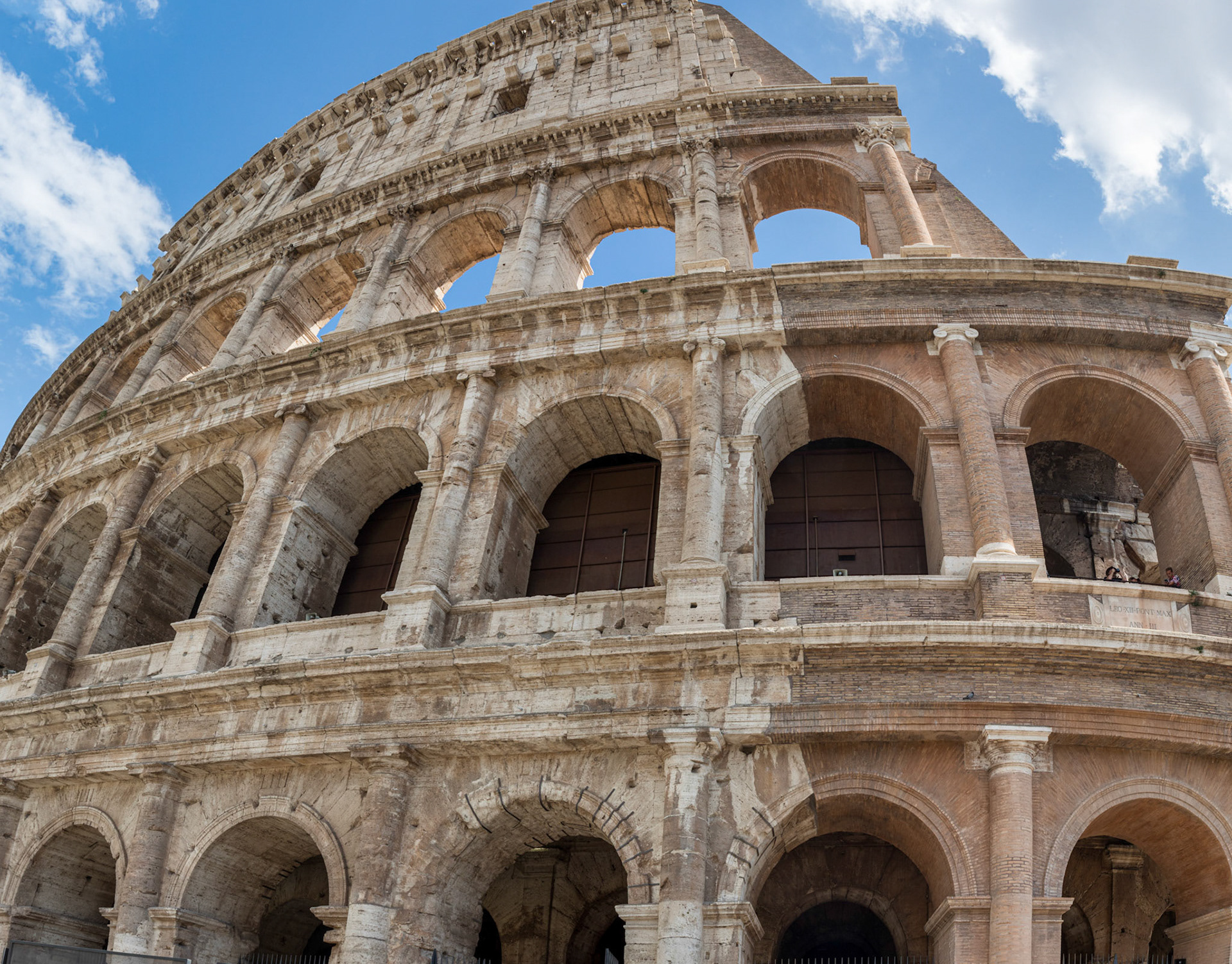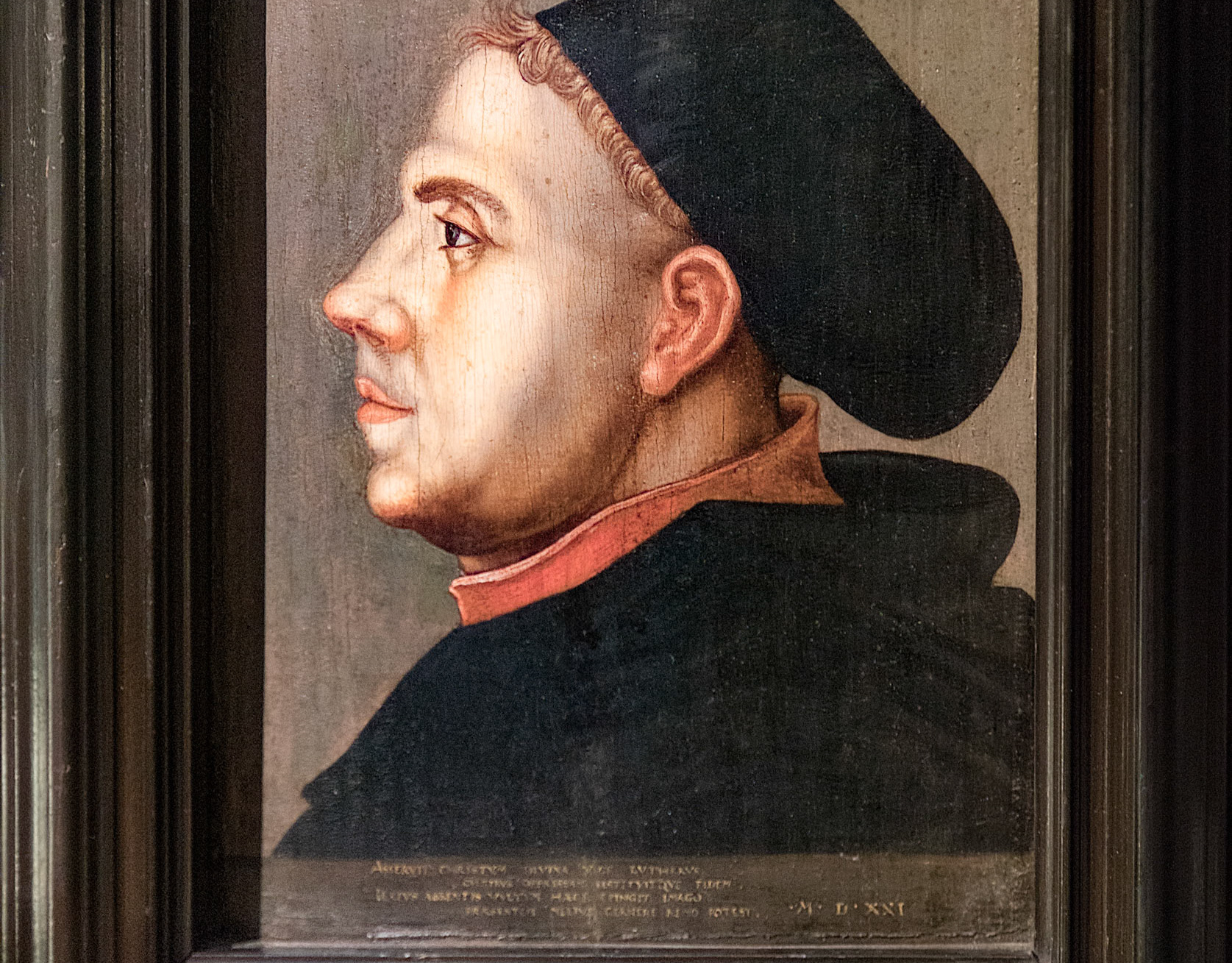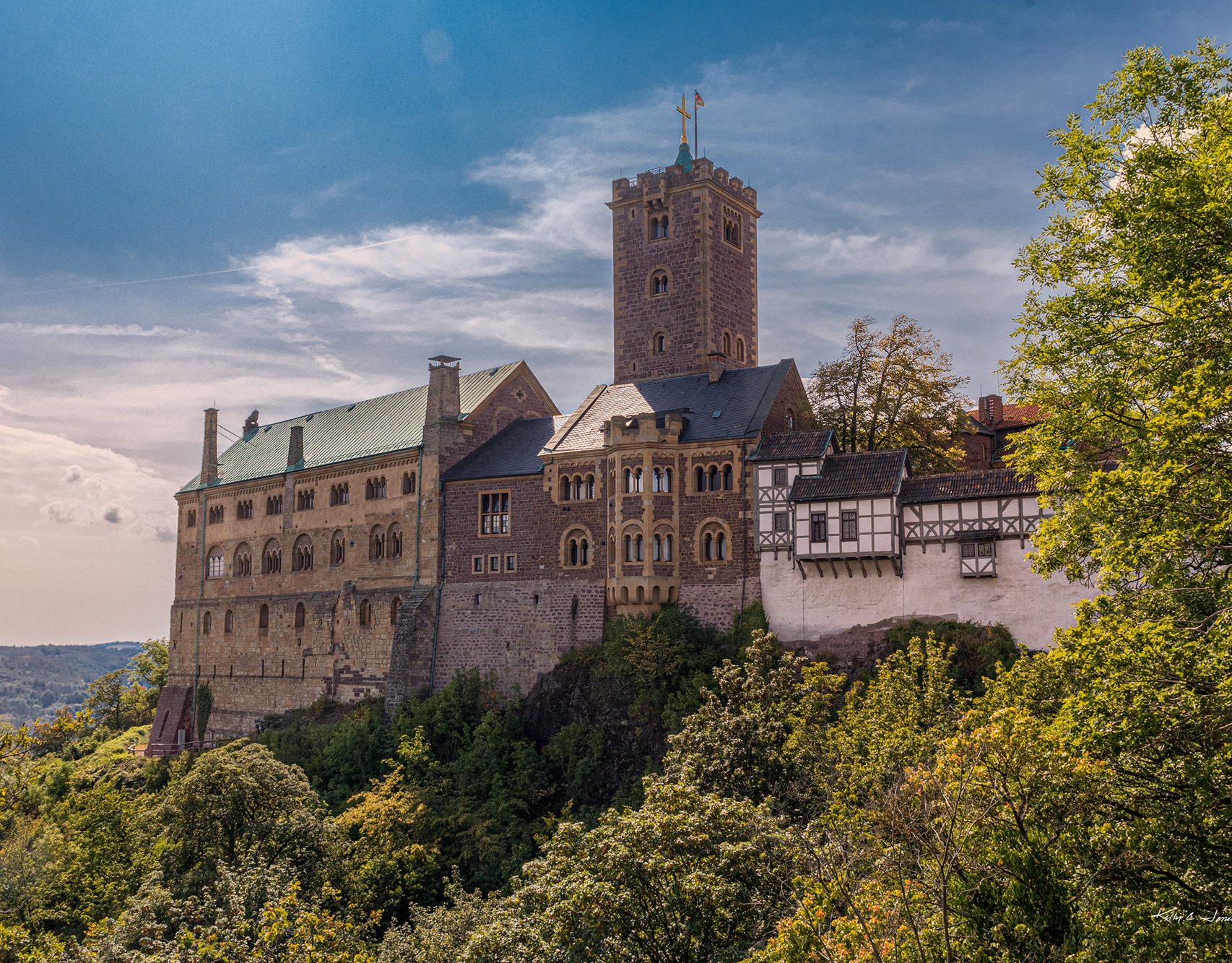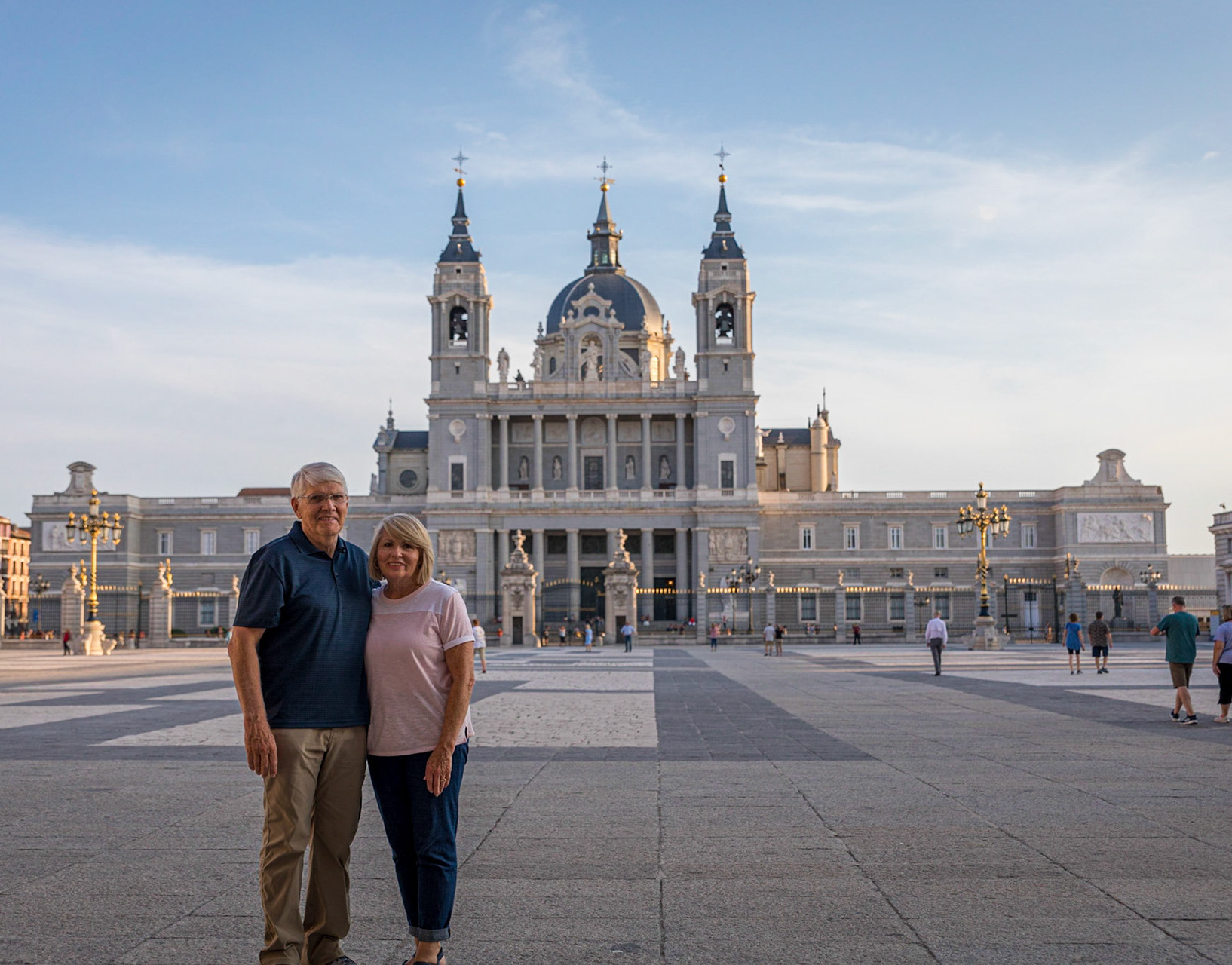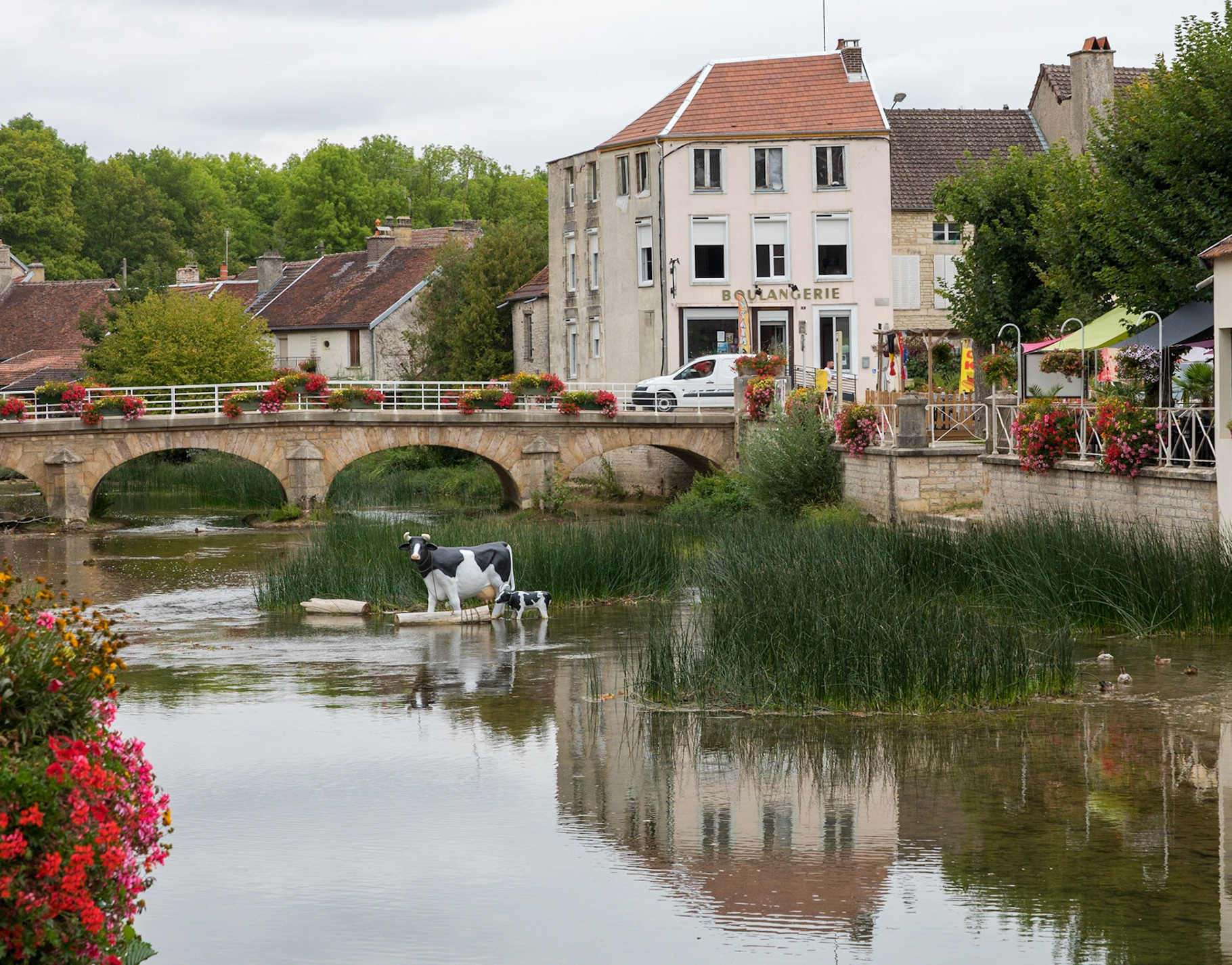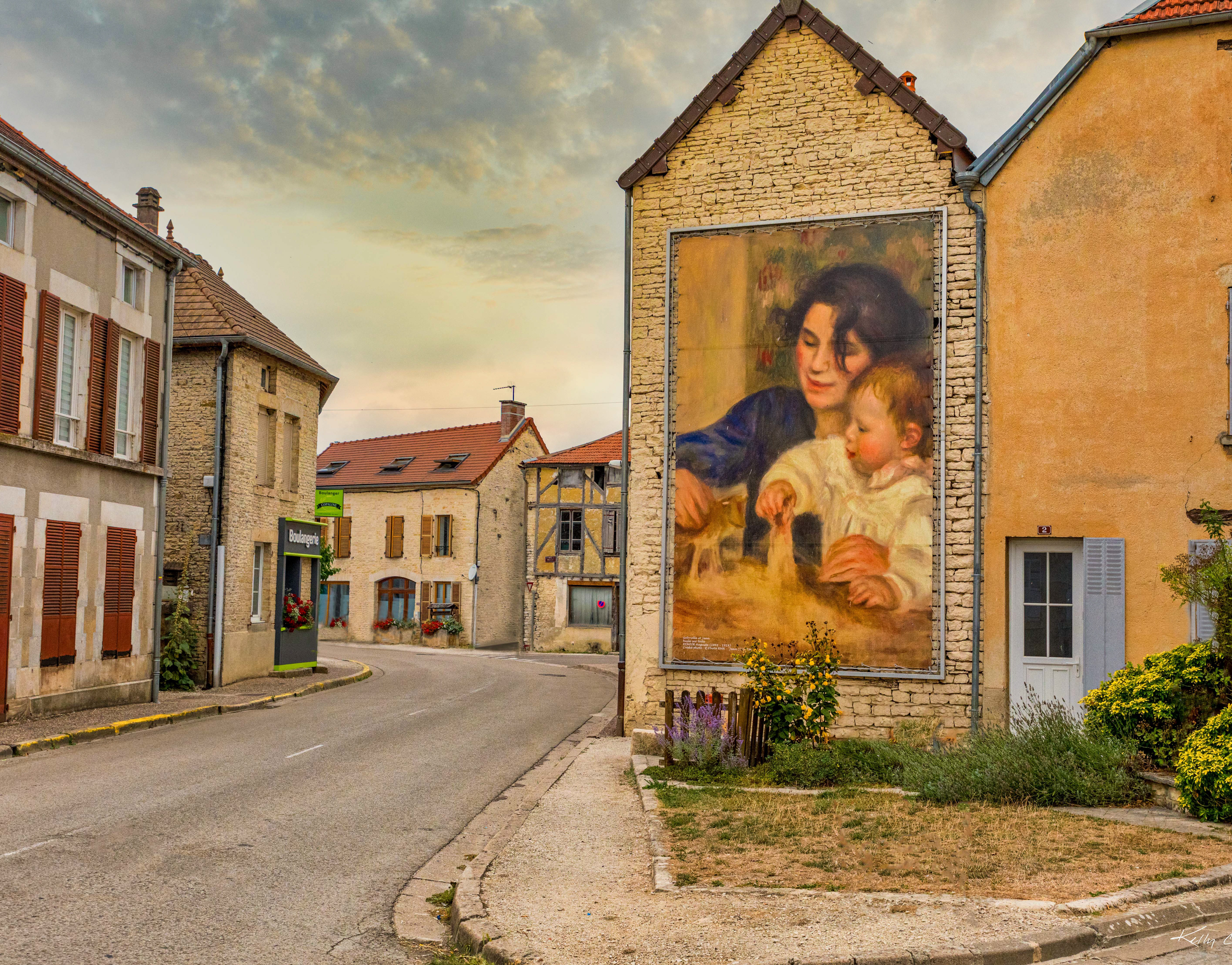Salzburg Austria
Floor to ceiling panorama. Front view. -- The church was damaged by the city fires of 1421 and 1452 and burned down almost entirely in 1645, after which it was rebuilt in Gothic style. It underwent major renovation in 1892–1914, which added many neo-Gothic details, and was again renovated in 1959–80.
Front view. -- Formerly a Dutch Reformed Church parish, it now belongs to a cultural foundation called the Nationale Stichting De Nieuwe Kerk.
Floor to ceiling panorama. View looking toward the rear and the pipe organ. The church is used for Dutch royal investiture ceremonies, most recently that of King Willem-Alexander in 2013, as well as royal weddings.
The New Church was finally completed in 1655, having already endured a devastating city fire, the Iconoclasm, the Delft Thunderclap (gunpowder explosion) and various renovations. In addition to the symbolism of the cross-shape, there are also references in the church to the twelve apostles, the four evangelists and the sixteen prophets from the Bible.
The Nieuwe Kerk (New Church) in Delft near Hague, Netherlands, is a burial site for Dutch naval heroes and has stunning architecture and interior design.
An example of the huge stained glass windows in the New Church.
Another example of a stained glass windows in the New Church.
This is the Delft Town Hall that is located opposite the New Church. Very interesting architecture. The tower, called "De Steen" or "The Stone", was originally built around 1300 and has decorative clockfaces from 1536
Interior of the Church of Our Lady (Copenhagen Cathedral) in Copenhagen, Denmark. Note original Christus and twelve apostles created by Bertel Thorvaldsen.
Janet and Kelly at the Church of Our Lady in Copenhagen. Christus in background. Click the above image to see more photos of the Christus and twelve apostle statues.
Courtyard with St. Mary's Church with twin spires on the left. - Lübeck, Germany
St. Mary's Church, Lübeck, Germany -- In an air raid on 28–29 March 1942 – the night of Palm Sunday – the church was almost completely destroyed by fire, together with about a fifth of the Lübeck city center. These broken bells were kept in their postion as a reminder of war's destruction.
Floor to ceiling panorama -- front view of St. Mary's church.
Close floor to ceiling panorama View of altar and ceiling.
The Uspenskin Cathedral is set upon a hillside on the Katajanokka peninsula overlooking Helsinki, Finland.
Floor to ceiling panorama interior of Uspenskin Cathedral.
This youth class was being held, but they still allowed us to take non-flash photos. (There is some lens distortion in the pillars, but I did the best I could to correct it. It's a huge panorama -36 bracketed shots - and took some time to develop.)
Panorama close-up of ceiling and chandelier. -- The Uspenski Cathedral is an Eastern Orthodox cathedral designed by the Russian architect Aleksey Gornostayev (1808–1862). The cathedral was built after his death in 1862–1868.
Janet taking photo of fellow travelers at the Helsingin tuomiokirkko (Helsinki Cathedral). There are two free-standing bell towers, as well as larger-than-life sized zinc statues of the Twelve Apostles at the apexes and corners of the roofline.
View of the organ in the Helsinki Cathedral which is the Finnish Evangelical Lutheran cathedral of the Diocese of Helsinki, located in the center of Helsinki, Finland.
Front view in the Helsinki Cathedral.
Blenheim Palace Panorama. We arrived just after it had rained. The moisture gave the exterior an added texture and depth. Click on the above image to see more photos of the beautiful grounds surrounding the palace.
The palace, one of England's largest houses, was built between 1705 and 1722, and designated a UNESCO World Heritage Site in 1987. The palace was built as a gift to John Churchill, 1st Duke of Marlborough, from Queen Anne and a grateful nation in thanks for his victory at the Battle of Blenheim on 13th August 1704. Today, the Palace is home to one of the most important and extensive collections in Europe, which includes portraits, furniture, sculpture and tapestries.
Ceiling panorama view just inside the entry.
The palace organ. This isn't a cathedral or a church per se, but it comes close as far as the architecture and organ is concerned.
The palace is notable as the birthplace and ancestral home of Sir Winston Churchill.
Entrance to the Temppeliaukio Church in Helsinki, Finland.
The interior was excavated and built directly out of solid rock and is bathed in natural light which enters through the skylight surrounding the center copper dome. It opened in 1969.
Temppeliaukio Church Organ
St Leonard's Church in the village of Downham. It is an active Anglican parish church in the diocese of Blackburn. The tower dates from the 15th century, and the rest of the church was rebuilt in 1909–10. NOTE: The cathedrals listed here and other area of this web site are included for their architecture and history. Some are 300-600 years old and are symbols of faith, sacrifice, and honoring Christ with the light they possessed. Please click on this image to view images of modern day temples in Northern Europe which are a result of the restoration of the gospel by Jesus Christ.
Inside St Leonard's Church
Inside St. Leonard's Church
Church in Store Heddinge, (Højerup Kirke) Kingdom of Denmark at Stevns Klint south of Copenhagen.
Altar view inside the Store Heddinge church
Kronborg Castle -- a castle and stronghold in the town of Helsingør, Denmark. Immortalized as Elsinore in William Shakespeare's play Hamlet, Kronborg is one of the most important Renaissance castles in Northern Europe.
The castle's story dates back to a stronghold, Krogen, built by King Eric VII in the 1420s.
From 1574 to 1585 King Frederick II had the medieval fortress radically transformed into a magnificent Renaissance castle.
In 1629 a fire destroyed much of the castle, but King Christian IV subsequently had it rebuilt. The castle also has a church within its walls.
Spacious hall showing many works of art in the Kronborg Castle.
Porvoo cathedral (Finnish: Porvoon tuomiokirkko) is a cathedral of the Evangelical Lutheran Church of Finland in Porvoo, Finland. It was built in the 15th century, although the oldest parts date from the 13th century.
The church had first become a cathedral in 1723. The church was originally made of wood. The first stone walls were built between 1410 and 1420, and in about 1450. Note the archway that has been filled in with stone.
Rear view of entrance and organ.
Front view of Porvoo church. Altar at left.
St. Paul's Cathedral in London - We didn't have time to go inside this one. Maybe another time.

